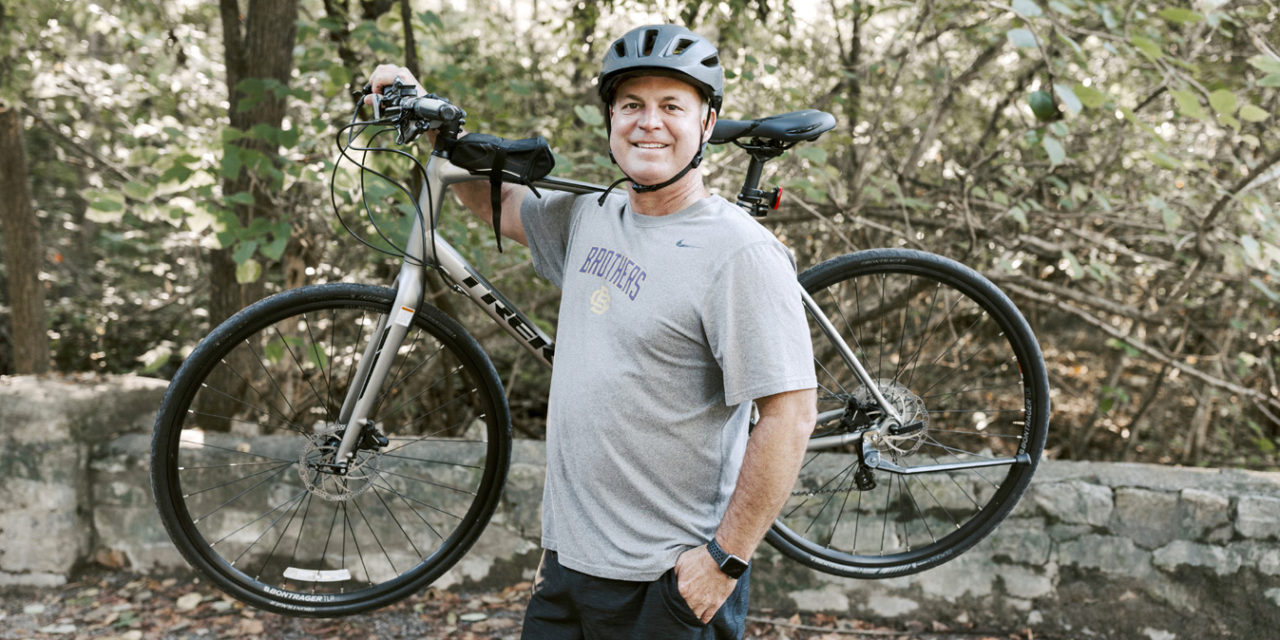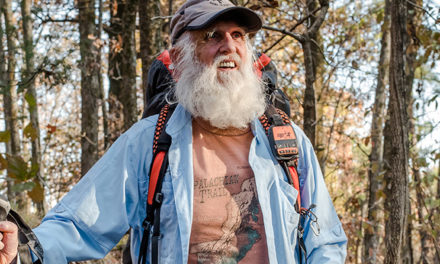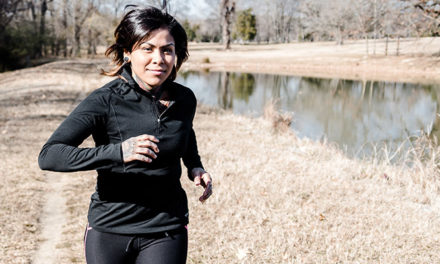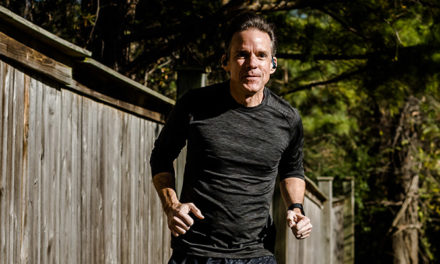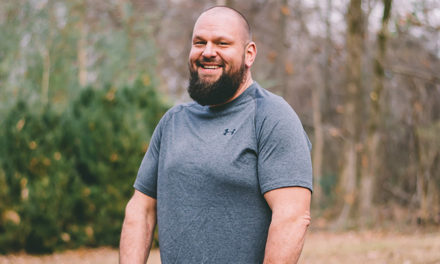In 2017, Dentist Richard Scarbrough found himself at a turning point during a family vacation. Once vigorously active, his knee problems had gotten so bad that he had to stand by and watch while his two sons enjoyed the waterfalls at Yosemite National Park.
An all-around athlete in high school, college, and beyond, Dr. Scarbrough had faced a series of knee injuries and surgeries that began in his junior year of high school in Crittenden County. “I went to college to play football, hurt my back that freshman year, and then injured my knee later that year playing recreational basketball,” he recalls.
Dr. Scarbrough continued to play recreational sports until he broke his hand playing basketball at the age of 36. That injury left him unable to practice dentistry for two months. Though he quit playing ball, it was never in his nature to slow down. He went on to coach his sons’ teams, enjoy the outdoors, and build two thriving family dental practices that still keep him on his feet for long hours.
“I realized I was putting in over 15,000 steps a day. On top of that, being a dentist requires lot of up and down,” he says.
Over the years, that combination of old injuries and high activity took a toll on his knees. Seeking relief from the pain, Dr. Scarbrough began taking anti-inflammatories and eventually started getting regular cortisone injections. But over time, those treatments stopped working.
Though Dr. Scarbrough was only 47 years old, he couldn’t tolerate walking more than 15 minutes. With his quality of life so diminished, he felt certain it was time for surgery, but every doctor he spoke with wanted him to wait until he was 50 for total knee replacements.
Having studied his own X-rays, Dr. Scarbrough felt a partial replacement might be his best option. His wife urged him to seek that procedure in Chicago or Atlanta, where more doctors performed it. Dr. Scarobrough was hesitant to travel for medical care because of the logistics, but then he found Dr. Peter Lindy of East Memphis Orthopedics.
When Dr. Lindy reviewed Dr. Scarbrough’s X-rays, he confirmed what Dr. Scarbrough had had seen––the inside of his knees were riddled with arthritis, but the outsides were healthy.
Dr. Lindy asked Dr. Scarbrough a rhetorical question. “If someone comes into your dental practice and two of their teeth are bad, do you pull all their teeth?”
That question illustrated why Dr. Lindy believed a partial knee replacement was the best treatment option. Conservative in his approach, Dr. Lindy says knee surgery should only be considered after every other option, including modification of activity, anti-inflammatory medications, injections, physical therapy, and weight loss have been exhausted.
Confident in his choice of surgeon and procedure, Dr. Scarbrough’s next concern was his busy dental practice. “I knew I couldn’t miss work for six weeks,” he says. “We’re seeing 55–60 patients a day.”
Instead of marking his calendar and waiting passively for surgery, Dr. Scarbrough started seeing Fenter Physical therapy for a month of pre-rehabilitation. That preparatory work shortened his post-op rehab time to only a week. The following month, he had the same procedure on his other knee as an outpatient and spent only a day on a walker.
Dr. Lindy says Dr. Scarbrough’s remarkably short recovery time was due in part to his motivation and drive, and in part to the minimally-invasive MAKOplasty® procedure that uses a robotic assist for precision. Far more exacting than any human hand, the robotic arm can cut within approximately the thickness of a piece of paper, allowing the surgeon to preserve as much healthy tissue as possible.
Dr. Lindy makes it a point to remind his patients that replacement joints are mechanical devices. “Anything mechanical has wear and doesn’t recover from the wear. If you abuse or overuse them it will accelerate that wear,” he says.
He advises anyone with a replacement joint to trade high-impact activities for low-impact ones. In Dr. Scarbrough’s case, that meant biking instead of running.
But biking wasn’t all Dr. Scarbrough wanted to do. Two months after his second knee replacement, he went snow skiing in Big Sky, Montana. Dr. Lindy got news of that excursion and phoned him out of concern.
Dr. Scarbrough recalls laughing and saying, “You told me I couldn’t ski this year. I had surgery in December of 2017. It’s now 2018!” He admits that he now skis a bit more cautiously and always wears knee braces on the slopes.
When it comes to everyday fitness, Dr. Scarbrough completes a morning workout at least two days a week in addition to biking. He says his legs are stronger now than they have been in decades. “I feel 20 years younger, and that has had a positive impact on every aspect of my life.”
By Caroline Sposto
Photo by JoLaura Bell

